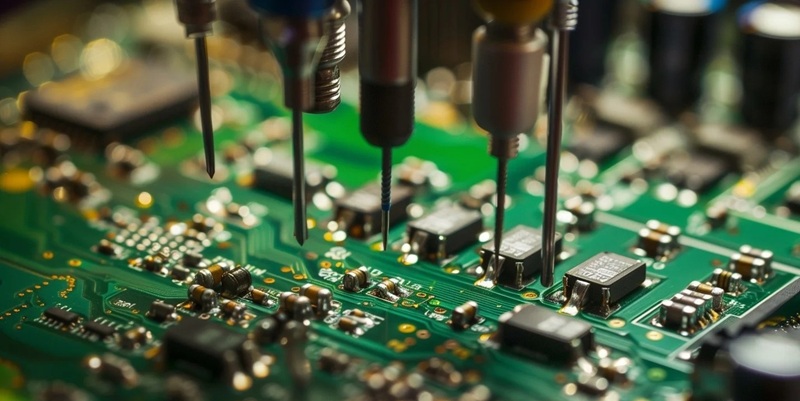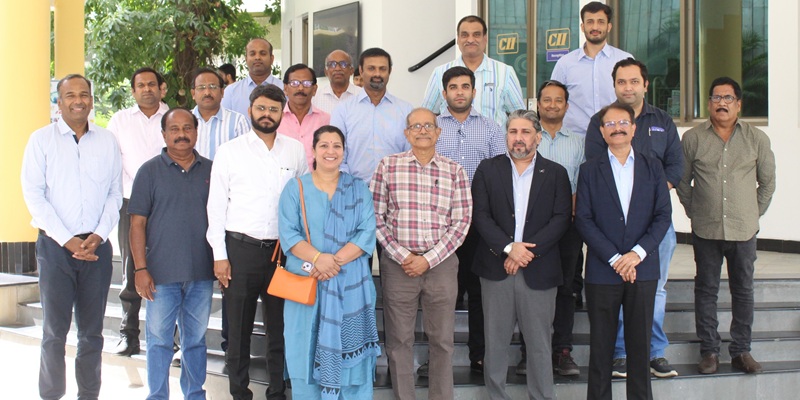Schedule a Call Back
Aluminium Foil Wound Transformers
 Technical Articles
Technical Articles- Sep 29,12
An innovation in the science of transformer manufacturing by using aluminium foil instead of copper has resulted in many advantages

One of the major impact areas of value engineering in transformers in recent times is the use of aluminium foil wound transformers. Alfo Electric, manufacturer of power conditioning equipment and instrumentation and control equipment for energy management, initiated the trend. As the power conditioning range of products has a high copper content, the possibility of reducing the dependence on copper due to its relative high cost and price instability was considered.
This resulted in the company making use of aluminium foil wound transformers in place of copper wire wound ones. The company, already one of the leading manufacturers of wound transformers in India, has thus been enabled to provide greater value to the customer through accent on value engineering, resulting in better quality and reliability at a lower cost.
The aluminium foil wound transformers so developed have been successfully used in stabilisers and isolation transformers, working successfully in the field since 2007. As this manufacture involves a convenient and efficient method of winding the foil around the core, Alfo Electric designed and developed a special purpose CNC foil-winding machine.
The company introduced this unique construction technology, providing practical and economical aluminium foil-wound transformers in the 1 kVA to 500 kVA power range.
Advantages of aluminium foil wound transformers
- Reduced material costs
- Stable material costs
- Competitive price
- Higher productivity of transformers handling larger currents, and
- Savings on freight and packaging.
Technical Information on Foil Transformers
The use of strip foil conductors in power transformers, to replace the conventional round or rectangular magnet wire has been commonplace for many years. Technical problems, however, have not encouraged the use of foils in small transformers.

For example, the principal advantage to using aluminium foil rather than copper in transformers is the reduction in weight. The density of copper is .32117 lbs per cubic inch while that of aluminium is .09765 lbs per cubic inch. For a given winding volume, the aluminium winding would weigh one-third the weight of the copper. However, aluminium has only 60% the conductivity of copper. If the winding volume is increased by 40% to raise the aluminium conductivity to that of copper, it still leaves the aluminium coil weighing only 42% of the equivalent copper coil.
Unfortunately, one cannot simply increase the winding volume of a transformer to make use of the aluminium foil. Increasing the winding volume or area necessitates increasing the magnetic path length and, therefore, the amount of magnetic material used. The physical geometry changes; the core losses change; the efficiency, regulation and temperature rise all change, thus making the change from copper to aluminium a fairly complex operation.
By suitable design techniques, the problems indicated above can be obviated. First, consider the space factor. The most efficient use of winding space is to layer wrap using magnet wire as shown in Figure 1A. Depending upon the size of the wire used, there is a percentage of the winding area, which cannot be used for the conductors. This lost area is made up of the space between the wires and the insulation with which each wire is coated.

As the voltage stress of the winding is increased, it is often necessary to add inter-layer insulation creating more lost space, thus decreasing the available conductor area. The foil-wound coil illustrated can be designed to make optimum use of the available winding area. Each turn of the foil extends edge-to-edge of the coil and is separated from the next turn by one thickness of insulation. There is no lost winding space which means that foil with the same circular Mil area as wire will fit into a smaller winding area or conversely, more circular mils of foil may be wound into the same winding area.
Secondly, consider the operating temperature of the transformer, which affects its rating, efficiency and voltage regulation. The permissible operating temperature is the major factor in determining the size, weight and performance of a transformer. As in any other electrical device, current flowing through the resistance of the coil wire results in heat generation. This generated heat plus the losses associated with the magnetic material will cause an increase in temperature. How high the temperature will rise depends on how much and how fast the heat is generated and also how fast and efficiently this heat is wholly or partially removed. The assumption is that all internal losses appear at the surface to be radiated to the ambient air.
Research and Development
- Special application in HT sector
- Class H fine-tuning
- Air cooled transformer replacement to oil cooled tradition
- Alternate to welding transformer industry, and
- Terminal and flux advantages.

Alfo Electric has done well by anticipating the rise in consumption of transformers with the price burst of copper, to assume the leadership in this segment of transformers. In the quest to produce the best product possible, all incoming material, every individual step during the process and the final product are subjected to strictest electromechanical properties. Backed by tie-up with foil suppliers and dedicated professionals, the company has now pledged for in time and standard delivery. By leveraging its unparalleled sourcing and logistics capability, it delivers exceptional value to its customers.
(Alfo Electric, Chennai. Tel: 044-43593660. Mobile: 0814440-5908. Email: alfoelectric@gmail.com)
Related Products

Ozone System
Omnicorp Environs & Infratech Co offers a wide range of ozone systems.

SWR ’Slipping’ Wrenches
Reliable
Trade Links offers a wide range of SWR ’slipping’ wrenches.

Gripping Systems – Rgg
Schunk Intec India Pvt Ltd offers a wide range of Gripping Systems – RGG - cleaning
device with shank interface.















